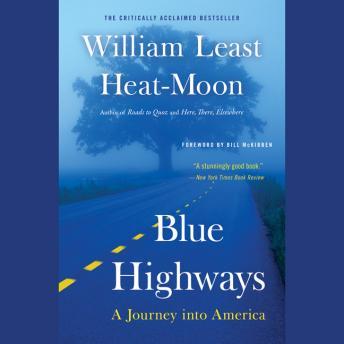

The book chronicles the 13,000-mile journey and the people he meets along the way, as he steers clear of cities and interstates, avoiding fast food and exploring local American culture. Referring to the Native American resurrection ritual, he named the van " Ghost Dancing", and embarked on a three-month soul-searching tour of the United States, wandering from small town to small town, stopping often at towns with interesting names. He outfitted his van with a bunk, a camping stove, a portable toilet and a copy of Walt Whitman's Leaves of Grass and John Neihardt's Black Elk Speaks. He had coined the term to refer to small, forgotten, out-of-the-way roads connecting rural America (which were drawn in blue on the old style Rand McNally road atlas). In 1978, after separating from his wife and losing his job as a teacher, Heat-Moon, 38 at the time, took an extended road trip in a circular route around the United States, sticking to only the "Blue Highways".

Blue Highways is an autobiographical travel book, published in 1982, by William Least Heat-Moon, born William Trogdon.


 0 kommentar(er)
0 kommentar(er)
